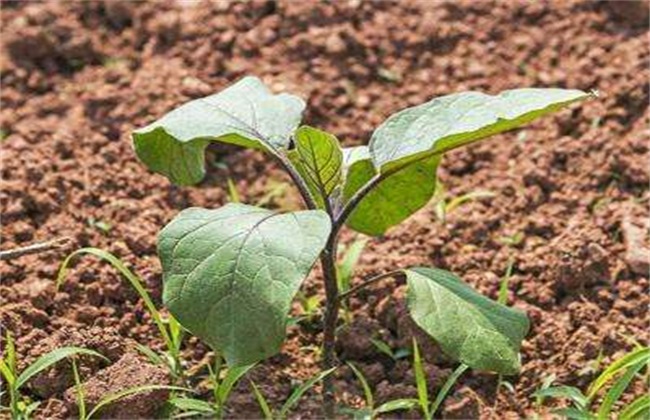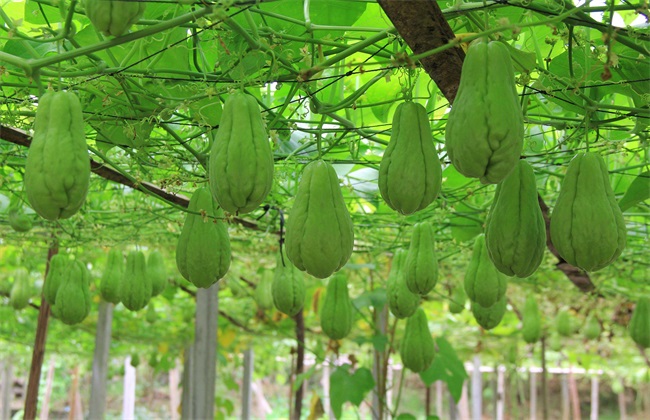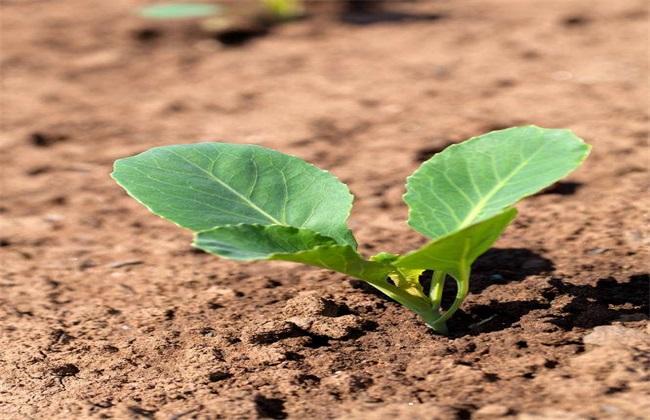Eggplant irrigation technology
Eggplant is a vegetable planted in spring and harvested continuously in summer. in production, eggplant needs not only enough water, but also the common characteristics of eggplant family, the root system is afraid of flood and stagnant water. Therefore, in the field management process of planting eggplant, water management is particularly important, and careful and targeted irrigation is needed to avoid the damage caused by insufficient or excessive water.

I. characteristics of water demand
The root system has no main root or the main root is not obvious, and the depth of the whisker root is about 10 cm, so it is necessary to water near the root system when watering. Moreover, it is necessary to fully irrigate and ensure that all roots absorb water evenly, but it is precisely because the root system is weak, it is best not to use flood irrigation, and do not directly irrigate with water pipes, which is easy to expose the roots by soil erosion. Eggplant leaves need sufficient water in the early stage to keep the leaves growing. in the later stage, the fruit does not need much water, so it is necessary to reduce watering.
2. Irrigation methods
1. Sowing time
Eggplant must be watered with enough bottom water, which can be thoroughly watered once in the planting area. At least keep the moisture in the permeable layer, keep the soil moist for a long time, and the surface can be a little drier, so as to prevent high humidity from causing seedling diseases.
two。 Slow seedling stage
Generally without watering, after transplanting, the seedlings can adapt to the environment, promote the root system to absorb water and accept nutrition, so as to lay a good foundation for future growth. However, if the soil water retention is too poor, you can properly irrigate a little water, do not let the seedlings lose water, slow down the seedlings will not die instead.
3. Seedling stage
A week after transplanting, the seedlings should be able to ease up and grow back to normal. Water should be watered once to ensure that the leaves expand and photosynthesis to create some nutrients for their own growth. This watering can cultivate the soil and water, ensure the absorption of water, and is beneficial to the growth of roots. From then on to the first result, there is no need to water, of course, excluding the dry weather.
4. Fruiting period
The beginning of the result, to water more water, increase the number of watering, generally watering enough at this time, eggplant is large and good color, moisture more tender pulp, avoid aging, cotton. Generally use the way of watering enough at once, not a small number of times, it is difficult to meet the needs of the results. It is watered about once a week and lasts until it no longer bears fruit.
Matters needing attention
Under heavy rain or days of overcast and rain, the stagnant water should be drained out in time. If it is too wet, you can sprinkle some plant ash to absorb moisture to prevent moderately excessive diseases and insect pests and rotten roots from causing dead plants.
When planting eggplant in open field, the control of water content is the above. Irrigation and some other measures are the best ways for us to control water. For eggplant which needs water but is afraid of water, irrigation needs to pay attention to the environment, growth period, and other factors.
Related
- Where is it suitable to grow horseradish in China? it is expected to see the middle altitude horseradish in Alishan.
- How to prevent tomato virus disease reasonably? (Control methods included)
- Many people like to plant towel gourd on the balcony. What are the main points of this method and management?
- What crops can chili peppers be mixed with?
- Fertilization techniques and matters needing attention in Tomato
- What are the grafting techniques for peach seedlings in spring?
- Harm and control methods of root swelling disease of Chinese cabbage
- What are the pests of sweet potatoes? How to prevent and cure it?
- Symptoms, causes and Control methods of navel Rot in Tomato
- The cause of "Cucumber rotten bibcock" in Farmers' planting Cucumber and its Control Plan



